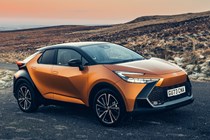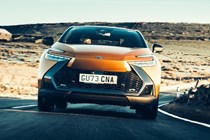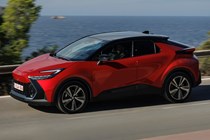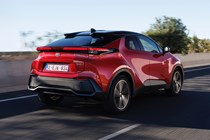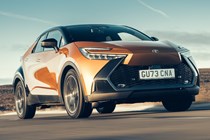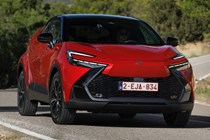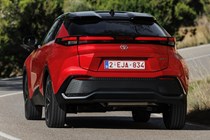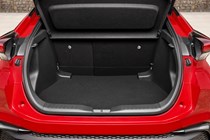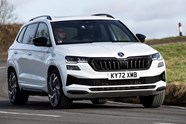Toyota C-HR verdict
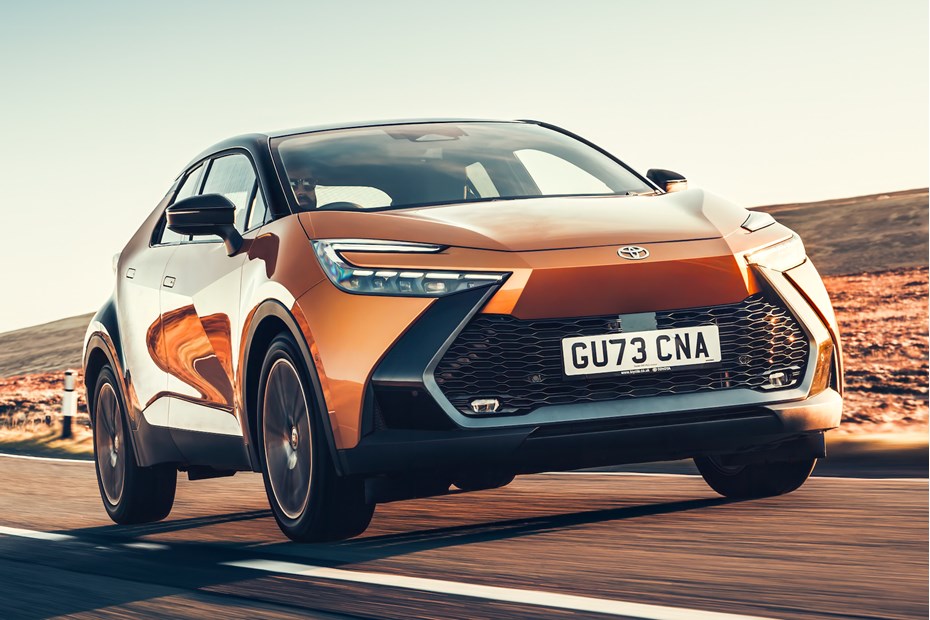
The Toyota C-HR is a good option if you value style and efficiency above space and driving dynamics. It makes the best sense if you don’t ask it to cart your family around – and we’re big fans of Toyota’s brilliant 10-year warranty. If you want a better all-rounder, though, consider the Skoda Karoq.
What we like
The self-charging C-HR returns great fuel economy, even when you’re not driving it efficiently. Plus, Toyota’s 1.8-litre hybrid system is refined, if not quite Honda smooth.
The C-HR’s PHEV powertrain is even quieter than the car’s self-charging hybrid systems – and because the electric motor can do more of the work, the CVT doesn’t feel the need to spike the engine revs to the moon when you’re accelerating. That 41-mile electric range is useful for folk living in emissions-controlled areas, too.
What we don’t like
The self-charging version’s 2.0-litre engine is a bit coarse, and no version of the C-HR feels particularly agile or fun. It’s also far less pleasant in the back than the front, with cheap materials and less space than rivals.
The PHEV is a lot heavier than the standard C-HR. It’s also quite expensive when you compare it to the Kia Niro – especially when you consider you can get a Niro that’s better equipped for less money. It also isn’t the most practical car in its class, as you lose a whopping 78 litres of boot space by opting for the extra electrical assistance.




